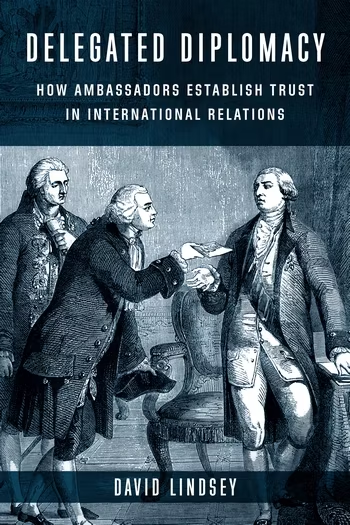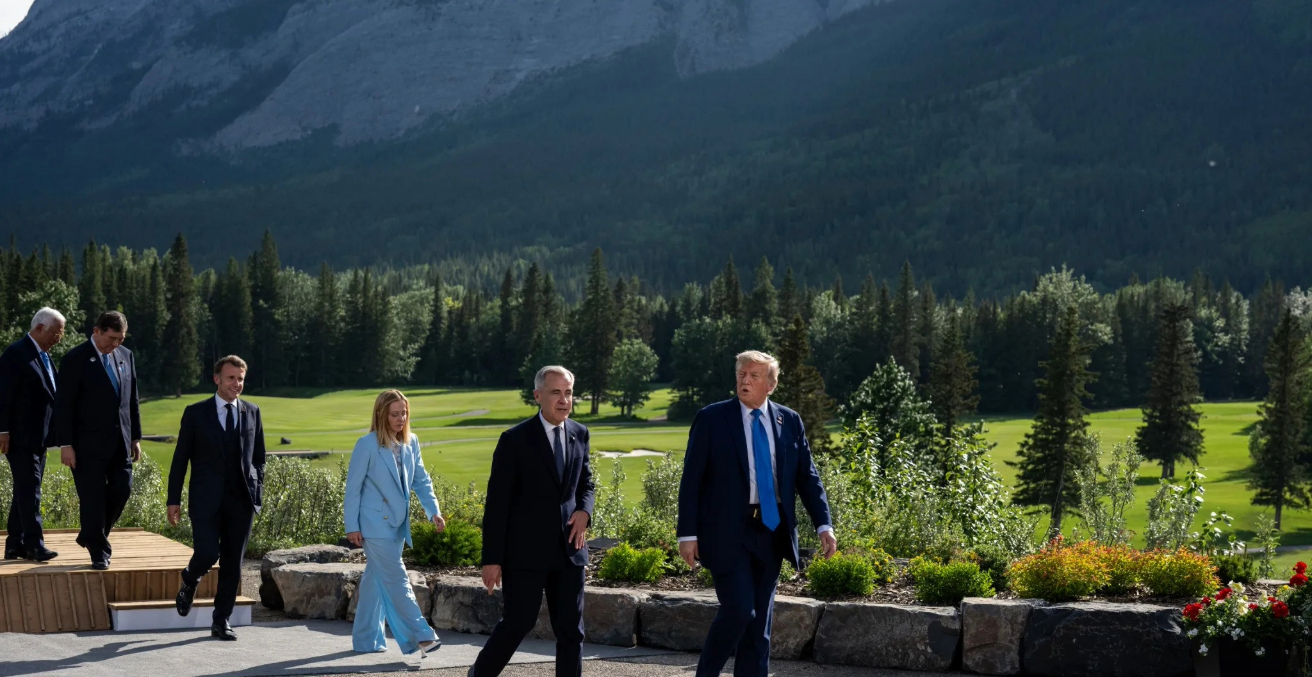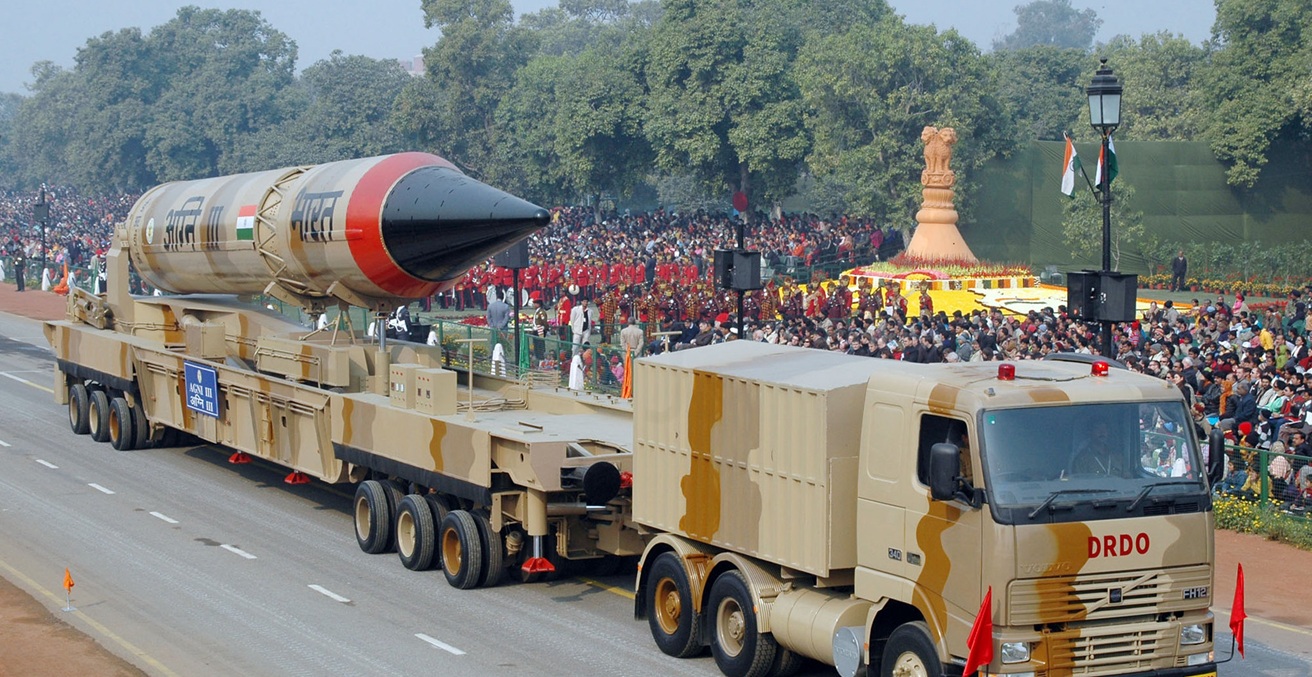At the G20 in Bali, Xi’s diplomacy possessed both nuance and calculation, but also an ability to gift rewards and deal out punishments. The next step will be to deepen the bonds of solidarity, witnessed on display among the G7.
Although the G20’s collective response to the Russian invasion of Ukraine dominated the lead-up to 15-16 November Bali summit, it was China’s role that ultimately gained the spotlight. This is not to suggest that the centrality of the war disappeared. Indeed, if anything, the impact of what the G20 cast in its Leaders’ Declaration as the “aggression by the Russian Federation against Ukraine” was depicted in comprehensive terms not just as “causing immense human suffering” but “exacerbating existing fragilities in the global economy.” In terms of projected visibility through the summit proceedings, however, the war was downplayed. As host of the Bali summit, Indonesia had every incentive to play up the themes of its presidency: “Recover Together, Recover Stronger” with a push to accelerate achievements of the Sustainable Development Goals (SDGs) as a general aim and the establishment of a new Financial Intermediary Fund for Pandemic Prevention, Preparedness, and Response (FIF-PPR) in particular. The corollary was that Indonesia didn’t want the war to define the Bali summit.
A good part of China’s approach at Bali was to signal support for the Indonesian agenda. In doing so, the contrast between Russian and Chinese diplomacy was striking. Russia’s aim was reputational damage limitation: to ward off language in the Leaders’ Declaration that went beyond the wording already used by the UNSC (Security Council) and the UNGA (General Assembly). While the Russian Sherpa team played an important part in this defensive strategy – as did foreign minister Sergei Lavrov – the ultimate determinant of what was acceptable to Russia was left to President Vladimir Putin, from his vantage point in the Kremlin not on the diplomatic front line in Bali.
Under these conditions, the performance of Lavrov become a strange side show. Reports surfaced that he had been taken to hospital when he arrived in Bali. He then sat uncomfortably through the video presentation by President Volodymyr Zelenskiy of Ukraine – including a pointed reference to the “G19” – the G20 minus Russia. And, if he made a brief appearance at the gala summit dinner, hosted by Indonesian President Joko Widodo, Lavrov left Bali later on Tuesday evening before the summit’s conclusion.
Chinese leader President Xi Jinping, through the elaborate nature of his personal engagement – his first face to face appearance at any external diplomatic event since before the COVID-19 pandemic – demonstrated his preference for the G20 as a hub focal point. That is to say, not as a functional crisis committee as originally formulated at the time of the 2008 global financial crisis, but as a central conduit among a range of actors and issues with a special privileging of leaders. In this, a good deal of Xi’s activity concentrated on supporting initiatives related to global governance. Crucially, the highlight of Xi’s meeting with American President Joseph R. Biden was the announcement of the resumption of their bilateral cooperation on global climate change mitigation efforts.
While situated in a much stronger diplomatic position, China could only build on these advantages by distancing itself from Russia and the war. Not only did Xi join with Biden in condemning any consideration of the use of nuclear weapons in the Russia/Ukraine conflict, he confirmed the message in his meeting with French President Emmanuel Macron. And despite the affirmation of solidarity between China and Indonesia and other countries from the global South, this type of relationship was quite different from the bonds of attachment so vividly on display between the US and its G7/NATO (North Atlantic Organization Treaty) partners. Indeed, this distinction in organisational capacity was fully visible when on the second day the focal point dimension of the G20 morphed into an ad hoc meeting of the G7 to discuss news of missiles strikes in Poland.
What China possessed was the combination of economic heft and the ability to lever that advantage diplomatically. Whereas Russia was forced to play defensively, China had the confidence to go on the offensive with a differentiated approach between those countries it wanted to cultivate by the way of rewards, and those targeted for some degree of punishment.
This did not follow a strict pattern. There was a warm meeting between Xi and South African President Cyril Ramaphosa amid mutual support for greater development of China-South Africa comprehensive strategic partnership. However, the relationship between Indian Prime Minister Narendra Modi and Xi remained wary. Although they exchanged greetings on the sidelines of the summit, the first meeting since the Chinese People’s Liberation Army and the Indian Army’s standoff in April 2020, there was no attempt to arrange a bilateral along the lines of the Ramaphosa-Xi meeting.
China’s diplomacy as exhibited to US allies and/or G7 members also was highly differentiated. As noted, the mutual cultivation of good relations stood out in the France-China relationship: with Macron for his part incentivized not only the lure of material benefits (with a mission to China in early 2023) but in sync with wider foreign policy objectives (including a call for a new financial pact with the Global South at a conference in Paris in June). By way of contrast, a much anticipated bilateral between UK Prime Minister Rishi Sunak’s with Xi was cancelled at the 11th hour.
This differentiated approach between cultivation and separation was paralleled in the distinctive dynamics between Australia and Canada in their relationship with China. Breaking the “deep freeze” imposed over 6 years, the longer than originally expected (32 minute) one-on-one between Xi and Australian Prime Minister Anthony Albanese at the G20 summit, epitomized the reward side of Chinese diplomacy. Albeit without much in immediate tangible benefits, especially the lifting of detrimental trade sanctions at the expense of Australian exporters.
Conversely, the Canada-China relationship remained distinctly chilly. Reproducing the type of interaction exhibited between Xi and Modi, Canadian Prime Minister Justin Trudeau interacted with Xi on the sidelines without an official bilateral meeting. Although the read out of the exchange emphasised the importance of “continued dialogue,” the episode that grabbed the most visibility was Xi’s subsequent rebuke of Trudeau for supposedly leaking details of the previous meeting, telling the Canadian Prime Minister that: ”Everything we discussed has been leaked to the paper. That is not appropriate, and we didn’t do it that way.”
In overall terms, the Bali G20 demonstrated China’s ability to conduct a multi-dimensional repertoire of diplomacy: making use of the summit’s focal point culture. Whereas Russia was hemmed in and reduced to a combination of damage control and grandiose gestures, China possessed both nuance and calculation: with a confidence to go beyond a one tone fits all approach quite separate from the image of Wolf Warrior diplomacy.
That said, some of the embedded limits of Chinese diplomacy are accentuated in the contest of the G20. China is respected, but it lacks the deep bonds of solidarity ingrained not only in the G7 and NATO, but in the bilateral relationship of the US with the bulk of the G20 members. Nor does the presence of all the BRICS – or for that matter, other countries identified with the Global South such as Indonesia – compensate for this gap. If far from defensive in the mode of Russia, and imbued with far greater creativity, China’s G20 diplomacy will continue to possess both a reactive and contingent quality to it.
Andrew F Cooper attended the Bali G20, under the auspices of GT Media and the G20 Research Group. He is University Research Chair, Department of Political Science, and Professor, the Balsillie School of International Affairs, University of Waterloo, Canada.
This article is published under a Creative Commons Licence and may be republished with attribution.




